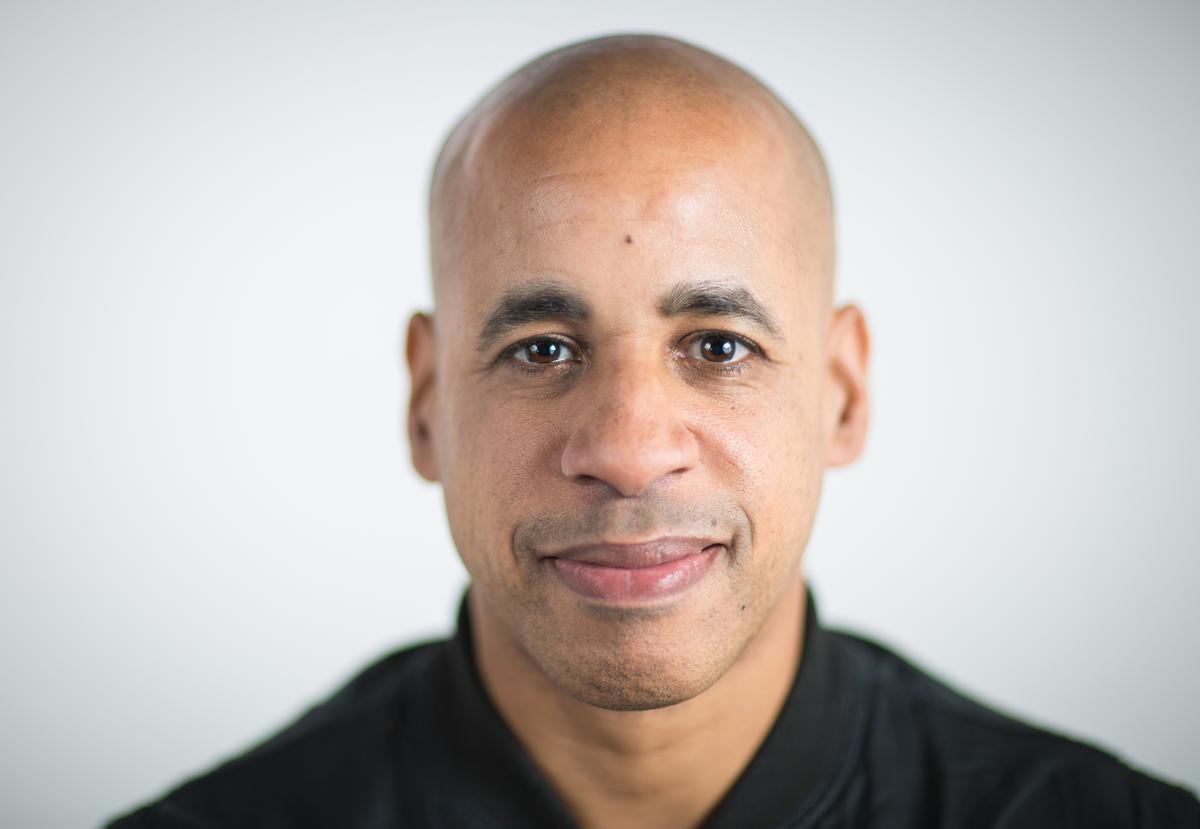NEW YORK—It was 1978. I was 14 and I had already been learning the drums for a few years. On this particular day I happened to be walking in through the lobby of our apartment building on the Upper West Side when a drummer by the name of Dennis Davis was walking out with a cymbal bag and stick bag. I didn’t know any professional musicians so I simply asked him, “Where are you going?”

Sterling Campbell, New York, Jan. 12, 2016. Benjamin Chasteen/Epoch Times
